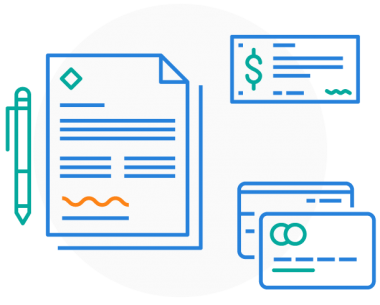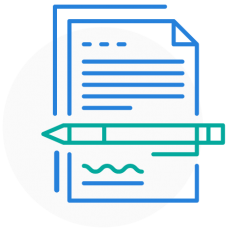Debt Agreement (Part IX)
A Debt Agreement, also known as a Part IX, is an alternative to bankruptcy. It allows you to work with your creditors to repay an affordable percentage of your debt, over a fixed period. This solution can:
-
Freeze interest and charges
-
Settle debt for less than owed
-
Avoid bankruptcy
-
Offer one affordable monthly repayment









